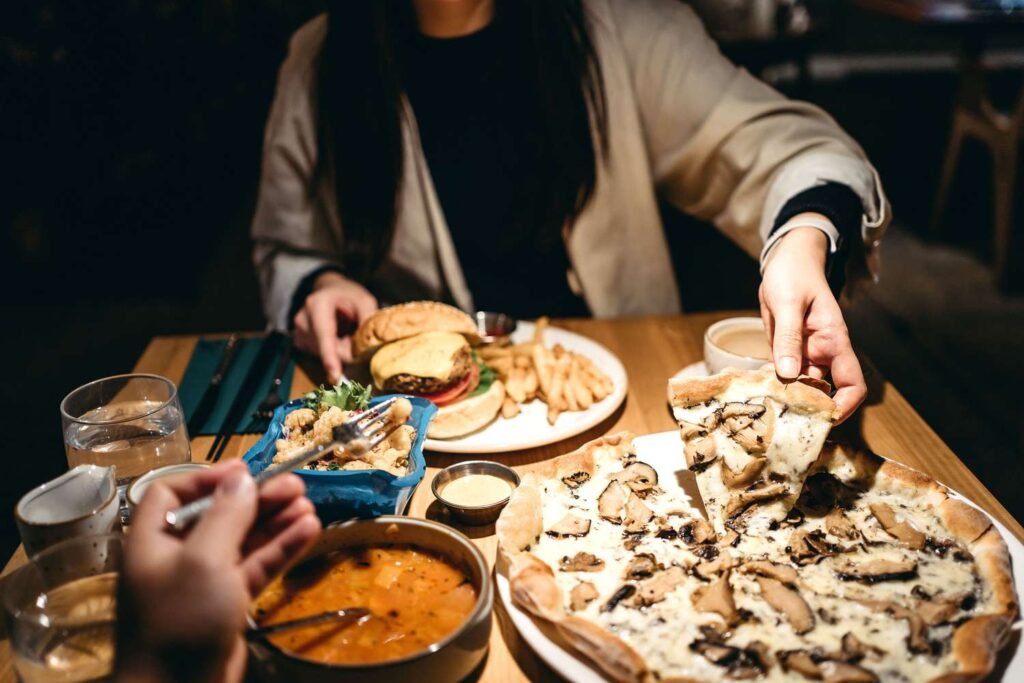Eating out at a restaurant with friends or family can be a fun and social experience for many people. However, for some individuals, sharing food can be a source of stress and discomfort. Whether it’s due to wanting to enjoy a meal without having to compromise on personal preferences or the challenges of dividing up dishes evenly, there are plenty of reasons why some people prefer not to share food.
One of the main issues that can arise when sharing food at a restaurant is the awkwardness that can come with uneven numbers or hard-to-split dishes. While sharing a pizza may be a simple task of dividing slices evenly among diners, other dishes like calamari can present a challenge. It can be difficult to ensure that everyone gets an equal portion, especially if preferences for certain parts of the dish come into play. The idea of weighing out portions or meticulously dividing up dishes can be off-putting for those who simply want to enjoy their meal without the added math.
Dessert is another common item that is often shared at restaurants, but it can be tricky to divide up evenly. Whether it’s a single slice of cake or a decadent dessert meant for sharing, finding a fair way to split it among diners can be a hassle. The added complication of ice cream melting and becoming soggy as it’s passed around can also detract from the enjoyment of sharing a sweet treat.
In order to make the sharing experience more seamless, some diners suggest that menus should clearly indicate how many items are included in an order. This way, diners can anticipate the difficulty of dividing up dishes and plan accordingly. By offering different serving sizes for appetizers and other shared plates, restaurants can help alleviate some of the stress that comes with sharing food.
Ultimately, while sharing food is often seen as a way to bond and enjoy a meal together, it’s important to respect individual preferences and boundaries. For those who prefer to enjoy their meal without having to share, it’s perfectly acceptable to order dishes for personal enjoyment. And if sharing is inevitable, establishing clear guidelines for dividing up dishes can help ensure a more enjoyable dining experience for everyone involved.
In the end, whether you love sharing food or prefer to keep your plate to yourself, the most important thing is to savor the dining experience in a way that feels comfortable and enjoyable for you. So next time you find yourself faced with the dilemma of sharing food at a restaurant, remember that it’s okay to prioritize your own dining preferences and enjoy your meal your way.


